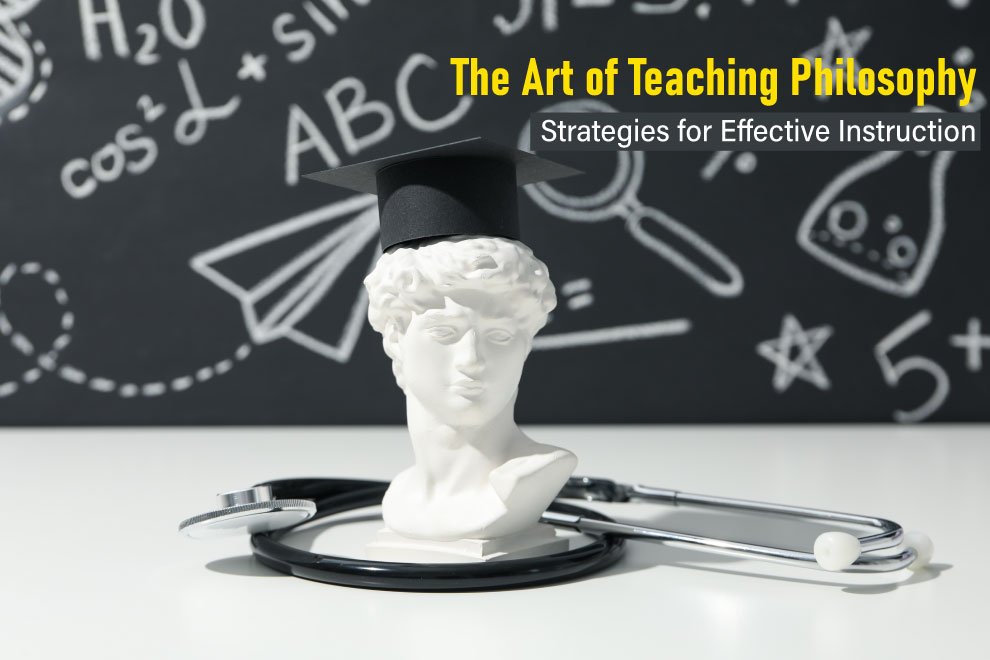STEAM (Science, Technology, Engineering, Arts, and Math) projects are perfect for kids who are curious and eager to learn about how the world works. This practice traces its roots to STEM, which primarily focuses on science and math. However, educators have more recently added art because of its importance in improving the cognitive skills of kids. In fact, the addition of arts training in STEAM has been proven to improve children’s reading fluency, memory, and attention span — helping them grow into well-rounded individuals.
STEAM is all about experimental process-based learning, allowing your child to be creative in applying their knowledge while having fun. This teaches your kids that they can always overcome challenges using their curiosity, creativity, and critical thinking skills. And if you’re curious about STEAM, then here are some projects that you can do with your kids.
Coding using Legos
Have you got some Legos at home? Well, you can use these well-loved toys to help your children understand the basics of coding. For younger kids, you can try to teach them foundational principles in coding, such as recognizing patterns. Assign the color of a Lego to a letter then have fun forming patterns, such as ABAB or ABBA. If you have a lot of Lego pieces, you can assign different colors to a letter and form secret messages for your child to decode.
Teaching your child how to recognize patterns will help them understand one of the fundamental principles of coding, which is useful in our technologically advanced society. Furthermore, teaching your kids patterns will also improve their ability to make logical connections and form predictions.
Simple paper circuits
Your child can learn more about the world around them by making paper circuits, which is a fun activity that allows them to learn how energy needs to flow to provide electricity. For this activity, you’ll need scissors, tape, cardboard, LED light bulbs, copper tape, and Lithium coin cell batteries. Stick the LED bulb and the battery on opposite sides of the cardboard. Make sure that there are two lines made up of copper wires, one connecting the negative end of the LED light bulb to the negative end of the battery and another one for the positive ends. You can use this trick to create board games, light up greeting cards, and paper sculptures!
This activity is a great way to introduce your little one to circuits, and kids who take a liking to this project can get started with PCB design to better understand how batteries, resistors, LEDs, and transistors work. Eventually, they can learn how to use more complex electronics, and even make their own small electronics — like their own digital camera or even a working garage door — in the future.
Making Mosaics using math
Unleash your child’s creativity by taking on projects that integrate art with math. The connection between these two disciplines should be more emphasized to children, since many great artists, like Da Vinci, use the principles of both art and mathematics in their work. Furthermore, art and math are both present in everyday objects, such as shapes and forms!
Your children will learn a lot about math and art by doing a mosaic. Use a pair of scissors to cut colored paper into shapes, such as squares, triangles, and circles. You can then paste these colored cut-outs onto a bigger cardboard to form pictures.










